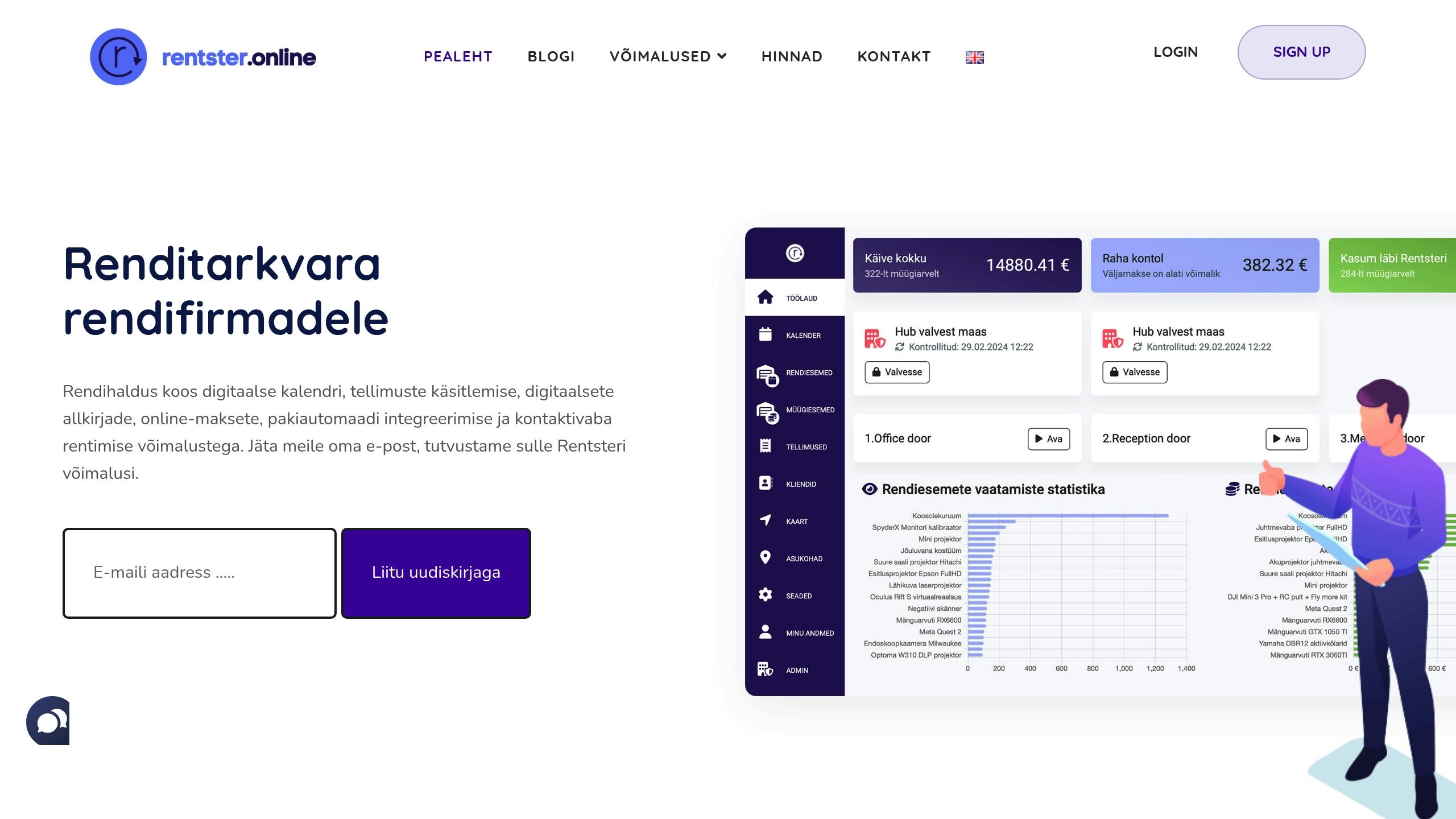
Key takeaway: Automated booking systems are faster, more accurate, and available 24/7, while manual methods offer flexibility and personal interaction but are slower and prone to errors.
Quick Overview:
- Automated Booking: Instant processing, minimal errors, handles high booking volumes, but higher setup costs.
- Manual Booking: Personal touch, better for complex cases, but slower and limited by staff availability.
Quick Comparison:
| Feature | Automated Booking | Manual Booking |
|---|---|---|
| Processing Time | Instant | Up to 8 minutes |
| Availability | 24/7 | Limited to business hours |
| Error Rate | Minimal | Higher risk of errors |
| Customization | Template-based | Highly flexible |
| Scalability | High | Limited by staff time |
| Cost | Higher upfront | Higher labor costs |
Bottom line: Automation is ideal for efficiency and scalability, while manual methods excel in personalization and handling unique bookings. A mix of both approaches may offer the best results.
Streamline Property Management with Rental Ninja | PMS & Task Automation Software
Main Differences: Automated vs. Manual Confirmation
Automated Confirmation Systems
Automated systems bring speed and efficiency by streamlining multiple tasks at once. These systems connect directly with reservation platforms to handle inventory updates, calendar syncing, payment processing, and confirmation delivery via email or SMS – all automatically. This setup allows businesses to handle more bookings without needing extra staff.
Manual Confirmation Steps
Manual confirmation, on the other hand, requires a more hands-on approach, typically involving these steps:
- Staff manually review bookings across different platforms.
- Calendars are checked by hand, increasing the chance of double-bookings.
- Confirmations are created and sent manually.
Side-by-Side Comparison
| Feature | Automated System | Manual Process |
|---|---|---|
| Accuracy Rate | Near-zero errors | Higher error risk |
| Booking Volume | Unlimited capacity | Limited by staff time |
| Data Management | Automatic updates | Manual entry required |
| Integration | API-based connectivity | Limited capabilities |
| Customization | Template-driven | Flexible for exceptions |
The difference between the two methods becomes especially noticeable during busy periods, where automated systems excel in maintaining accuracy and customer satisfaction.
Pros and Cons of Each Method
Benefits of Automation
Automated systems can save businesses up to 10 hours per week by running continuously and providing instant confirmations [1]. They also offer detailed analytics, helping companies make smarter decisions about inventory and pricing [2]. This efficiency makes automation a powerful tool for streamlining operations.
Limits of Automation
Automation is great for repetitive tasks, but it does have its downsides. The upfront costs for setup and ongoing maintenance can be a big hurdle [4]. These costs, as discussed in the Cost Analysis section, can put a strain on resources. Plus, system failures can completely stop bookings.
Automation also struggles with:
- Handling unique cases that need human judgment
- Adjusting to last-minute changes
- Providing personal, customer-focused interactions
Manual Method Analysis
The manual approach shines when it comes to high-value rentals and complex bookings that need a personal touch [4]. Staff can build direct relationships with customers, offering tailored service.
That said, manual processes have a hard time keeping up with the pace of modern operations. Processing each booking manually can take up to 8 minutes per booking [1], which limits efficiency and scalability. Service quality can also vary depending on staff availability and training [4], making it harder to maintain consistency. While this method is more adaptable for exceptions, it poses challenges for businesses looking to grow.
sbb-itb-c79a83b
Cost and Business Impact
Price Breakdown
The cost differences between automated and manual booking confirmation methods are striking. Automated systems involve a higher upfront investment, typically ranging from $5,000 to $50,000 for setup [7], but their long-term savings can be substantial. Monthly costs for automation range between $100 and $1,000, depending on the system’s scale.
"A mid-sized hotel chain reported spending $25,000 initially for a custom system, with ongoing costs of $500 per month for 100 rooms" [2].
Manual processes, on the other hand, rely heavily on labor, which brings its own set of hidden expenses. These include:
| Cost Factor | Annual Cost Impact |
|---|---|
| Error Correction | $50-$200 per incident (4% error rate) [6] |
| Staff Training | $1,000 per new employee [10] |
| Customer Service Time | 20-30% additional staff hours [10] |
| Lost Upsell Opportunities | 15-20% potential revenue decrease [10] |
Growth and Scaling Effects
Cost differences also affect scalability. Automated systems can triple booking capacity with only a 50% increase in costs, while manual methods require costs to grow in direct proportion to volume. For instance, Rentster users, including a vacation rental company, reported managing 500% more properties without adding staff [8]. Automation also processes bookings 75% faster, according to earlier findings.
The gap widens during peak periods. Seasonal tourist destinations using manual systems lost about 12% of potential bookings due to slow response times [9]. Automated systems, by contrast, handled demand spikes without any drop in performance. This reliability during high-demand periods highlights a clear advantage.
Picking the Best Method
Best Uses for Automation
Automation shines when businesses need to manage bookings efficiently across various scenarios. Here’s how it helps:
| Business Characteristic | How Automation Helps |
|---|---|
| Multiple Locations | Simplifies booking management across all sites |
| Tech-Savvy Customers | Caters to self-service preferences |
When to Use Manual Methods
There are times when a more personal touch is essential. For instance, luxury yacht charters and upscale event venues often report better customer satisfaction with manual booking processes [3]. Why? Direct communication allows for a level of personalization that automation can’t achieve.
Manual methods are ideal for:
- Rentals involving complex specifications that require detailed discussions
- Scenarios demanding extensive customization to meet unique needs
Mixed Method Approach
Blending automation with manual processes can offer the best of both worlds. Rentster users, like construction firms, often automate routine bookings but handle specialized equipment manually [5].
Key elements of an effective mixed approach include:
- Tiered service: Use automation for standard bookings and manual handling for premium services.
- Automated triggers: Flag complex cases for manual review.
- Customer choice: Default to self-service but offer manual support when needed.
Rentster’s system makes it easy to switch between automated and manual processes, ensuring businesses can scale while maintaining quality [5]. With 67% of customers favoring self-service [2], automation as the default option lets businesses streamline operations while still offering personalized service where it counts.
Conclusion: Next Steps
Key Takeaways
Choosing between automated and manual booking confirmation methods has a direct influence on both efficiency and customer experience. Automated solutions can cut administrative costs by as much as 30% and boost customer satisfaction by 25% [1].
Hilton’s 2023 rollout of automation across 584 properties demonstrates how scalable these systems can be. They effectively reduce administrative burdens without sacrificing service quality. The best approach lies in finding the right balance between operational demands and customer expectations.
Rentster’s Offerings

For businesses navigating these challenges, Rentster provides a hybrid platform that blends the convenience of automation with the option for human oversight. This ensures businesses can maintain control while benefiting from automated efficiencies.
Here’s what Rentster brings to the table:
- 24/7 Automated Operations: Features like digital calendars and payment processing ensure booking confirmations happen anytime.
- Smart Integration: Easily connects with existing systems for smooth operation.
- Customizable Control: Businesses can adjust automation levels to suit their unique requirements.
This approach supports the tiered service strategy discussed earlier, offering flexibility while allowing businesses to start small and expand automation as needed. Rentster’s tiered pricing model makes it easier to scale up based on growth and operational needs.